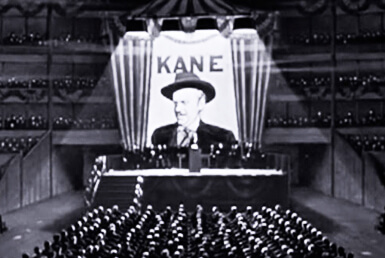
Citizen Kane, the 1941 classic directed by and starring Orson Welles, unfolds as a gripping exploration of the enigmatic life of Charles Foster Kane, a wealthy media magnate. The film opens with Kane’s mysterious last word, “Rosebud,” uttered on his deathbed. This utterance sets the narrative in motion as a reporter, Jerry Thompson, sets out to unravel the meaning behind this cryptic word, interviewing various individuals close to Kane throughout his life.




The film masterfully employs a non-linear narrative structure, piecing together Kane’s life through flashbacks and recollections from those who knew him best. As Thompson delves deeper, the audience journeys through Kane’s rise to power, from his modest beginnings as the son of humble parents to his ascent as the owner of a vast newspaper empire.







At the film’s heart are Kane’s complex personality and relationships with women, including his first wife, Emily Norton, and his second wife, Susan Alexander.




Despite his material wealth, Kane’s inability to find true happiness and connection becomes apparent as his marriages crumble under the weight of his ego and the demands of his media empire.



The symbol of “Rosebud” remains a haunting mystery throughout the film, symbolizing Kane’s longing for lost innocence and a simpler childhood. As Thompson interviews those who crossed paths with Kane, the puzzle pieces start to come together, revealing a man driven by a profound need for love and acceptance, a condition he could never truly fulfill.




Through striking visual techniques, innovative camera work, and deep character exploration, Orson Welles crafts a cinematic masterpiece that delves into themes of power, ambition, the corrupting influence of wealth, and the elusive nature of happiness. Citizen Kane remains a landmark in film history.


